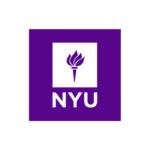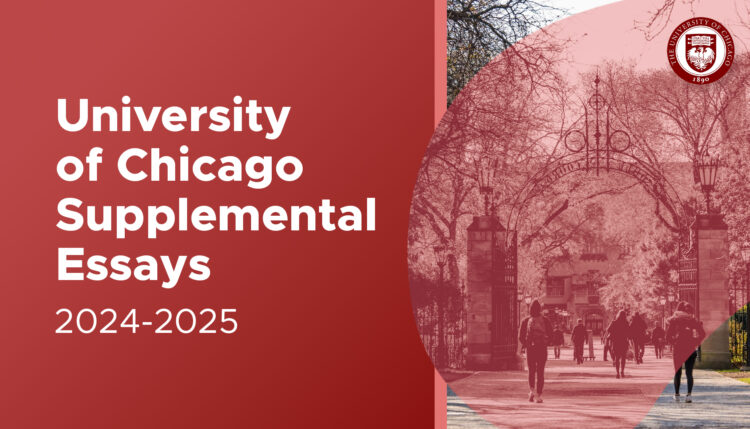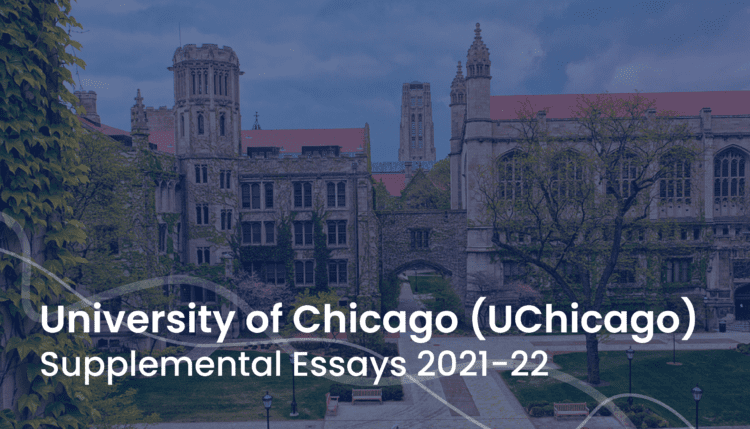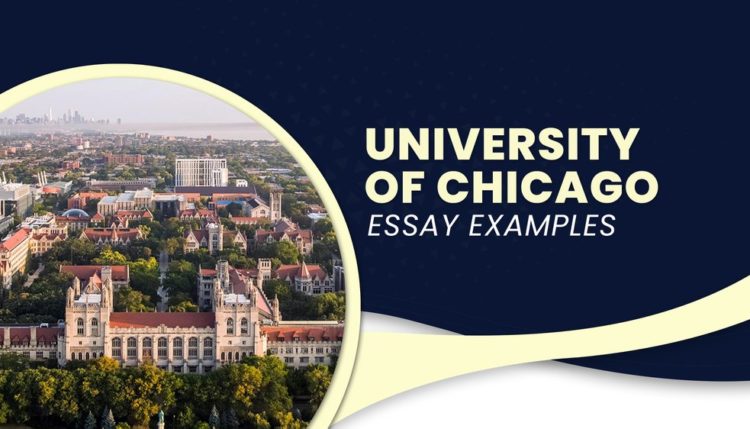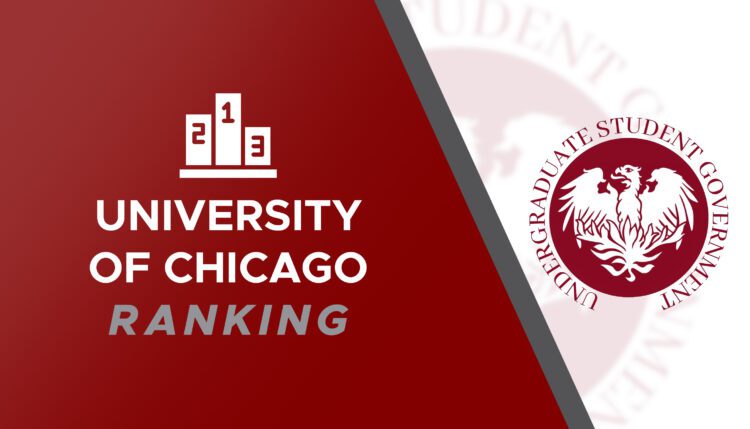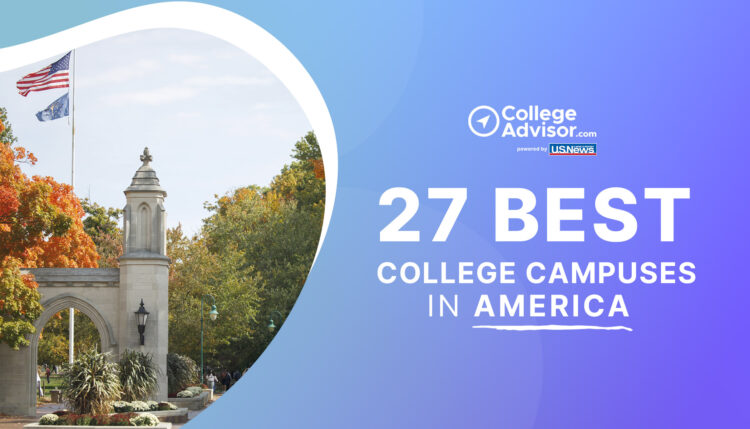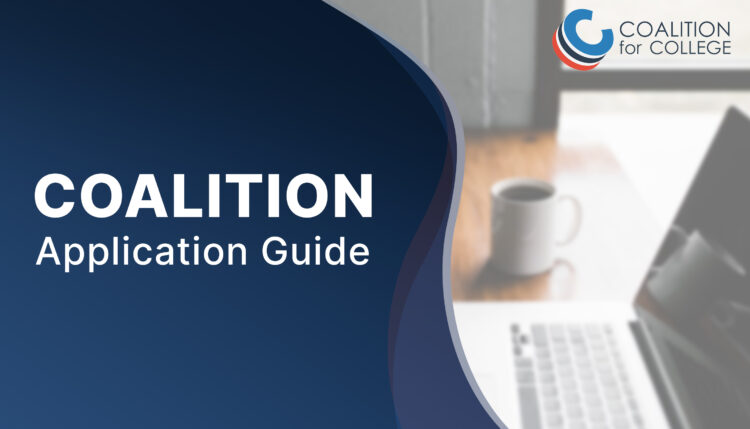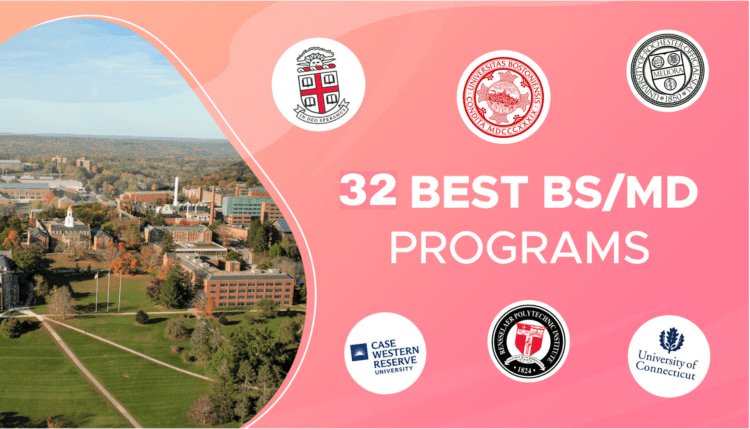The University of Chicago is a prestigious institution located in Chicago, Illinois. Given this school’s rigorous academic programs and outstanding faculty, the UChicago acceptance rate is highly competitive.
College acceptance rates are a useful statistic to think about during the application process. By learning more about the University of Chicago acceptance rate, students can strategize as they consider how to get into University of Chicago.
What is the acceptance rate for UChicago?
For the class of 2026, the UChicago acceptance rate was around 5.4%.
College acceptance rates help students understand how competitive a school is. The acceptance rate for UChicago varies each year, depending on various factors. The low UChicago acceptance rate makes UChicago one of the most selective schools in the nation.
Why is the UChicago acceptance rate so low?
The acceptance rate for UChicago reflects the institution’s high academic standards. Additionally, the low University of Chicago acceptance rate results from the holistic UChicago admissions process and rigorous University of Chicago requirements. This process evaluates applicants based on a range of factors including academic achievement, extracurricular involvement, and personal qualities. Consequently, the UChicago acceptance rate indicates the school’s high standards.
Another reason for the low UChicago acceptance rate is the school’s strong global reputation. This attracts numerous high-achieving students from around the world. The acceptance rate for UChicago, therefore, highlights the school’s dedication to selecting only the best and brightest students.
Overall, the UChicago acceptance rate is an important consideration. However, students should think beyond college acceptance rates as they prepare to apply.
Is University of Chicago an Ivy League school?
The University of Chicago is a highly esteemed institution with a reputation for academic excellence, similar to the Ivy League schools. However, it is not an Ivy League college.
The Ivy League is a group of eight elite private universities in the Northeast. These universities include Harvard, Yale, Princeton, Columbia, University of Pennsylvania, Brown, Dartmouth, and Cornell. The University of Chicago, while boasting a similar caliber of academic rigor and prestige, is not an Ivy League school.
UChicago versus the Ivy League
As mentioned earlier, the University of Chicago acceptance rate is around 5.4%, making it one of the most selective schools in the nation. This statistic mirrors the low acceptance rates of the Ivy League.
Like the Ivy League, UChicago features a strong emphasis on research and academic excellence. The University of Chicago acceptance rate also reflects the institution’s commitment to these high standards.
Additionally, the University of Chicago’s reputation for producing Nobel laureates and other distinguished alumni can lead some to associate it with the Ivy League. However, despite its similarities in terms of academic prowess, alumni success, and the competitive UChicago acceptance rate, it remains a separate and distinct institution.
In terms of financial resources, the University of Chicago also boasts an endowment comparable to some Ivy League schools. This allows the university to offer generous financial aid packages, further contributing to the competitive UChicago acceptance rate.
In conclusion, although the University of Chicago shares many similarities with Ivy League schools, it is not an Ivy League institution. The University of Chicago acceptance rate reflects its commitment to academic excellence and selectivity, but the school remains a separate entity.
Can I get into University of Chicago with a 3.5 GPA?
In a word—yes. Given the holistic UChicago admissions process, a 3.5 GPA will not disqualify a student. However, given the low UChicago acceptance rate, a high GPA will increase students’ admission odds. Most admitted students will have a higher GPA than 3.5.
Students aspiring to win over the UChicago admissions committee should consider the various factors influencing the admissions process. Given the low UChicago acceptance rate, a high GPA will contribute to an applicant’s success. So, for those wondering how to get into University of Chicago, a strong GPA is the first step.
As stated, UChicago employs a holistic review of applicants. Since the University of Chicago acceptance rate is low, students should optimize every aspect of their applications. This includes test scores, extracurricular activities, personal essays, and recommendations.
Overall, the UChicago acceptance rate favors those with a high GPA. However, the university does not have a strict minimum GPA requirement. Although a 3.5 GPA may be considered lower than the average for admitted students, the University of Chicago acceptance rate does not preclude the possibility of acceptance with such a GPA.
Compensating for a lower GPA
Once again, the low University of Chicago acceptance rate means that every aspect of a student’s application makes a difference. So, a student with a 3.5 GPA should focus on showcasing their unique strengths and achievements. Students with weaker GPAs should focus on making the most of the other University of Chicago requirements.
By highlighting exceptional talents or accomplishments in other areas, an applicant may still be considered competitive despite a lower GPA. However, given the low UChicago acceptance rate, strong academics are important.
Additionally, the University of Chicago acceptance rate cannot tell a student everything. A UChicago application with a 3.5 GPA may have a chance of acceptance provided they demonstrate other exceptional qualities.
In summary, while the UChicago acceptance rate means that a high GPA matters, the GPA is just one of many University of Chicago requirements. Applicants should highlight their unique qualities on their UChicago applications. Students who emphasize their accomplishments can still overcome the low University of Chicago acceptance rate.
How does University of Chicago notify acceptance?
The UChicago decision date depends on when students apply. At UChicago, students can apply Early Action, Early Decision I, Early Decision II, or Regular Decision.
Early Decision I/Early Action applicants tend to receive their decisions in December. Students who apply Early Decision II will receive results in mid-February. For Regular Decision applicants, the UChicago decision date is in late March.
Students will receive notifications through UChicago’s online portal. As stated, the University of Chicago acceptance rate is low. With thousands of UChicago applications reviewed each year, getting into UChicago is no easy feat.
Once again, the University of Chicago acceptance rate is competitive. Some students may also be placed on a waiting list rather than rejected outright. However, the University of Chicago acceptance rate for waitlisted students tends to be quite low.
Other details about admissions notifications
In some instances, admitted students may receive a physical acceptance package in the mail, which may include additional information about the university. Students may also receive materials related to merit-based scholarships.
University of Chicago Early Decision Acceptance Rate
At many schools, Early Decision acceptance rates may be slightly higher than Regular Decision acceptance rates. However, UChicago does not officially publish the University of Chicago Early Decision acceptance rate.
In many cases, students will consider ED acceptance rates, such as the University of Chicago Early Decision acceptance rate, when preparing their ED applications. The UChicago Early Decision acceptance rate may offer students an advantage in the admissions process. However, since the University of Chicago Early Decision acceptance rate is not available online, it may be difficult to understand how much of a difference it makes to apply early.
Understanding the UChicago Early Decision acceptance rate
Once again, the overall University of Chicago acceptance rate is around 5.4%. However, the UChicago Early Decision acceptance rate likely differs from the overall acceptance rate.
Early Decision (I or II) is binding, meaning that students who apply ED commit to attending the university if admitted. Given the binding nature of Early Decision, the University of Chicago acceptance rate for this plan tends to be higher than the overall acceptance rate. This higher UChicago Early Decision acceptance rate reflects the school’s commitment to admitting students who know they want to attend.
A word of caution on the UChicago Early Decision acceptance rate
While the UChicago Early Decision acceptance is not available, it may be higher than the RD University of Chicago acceptance rate. However, this doesn’t make it easier to get into UChicago if you apply early.
In general, the ED applicant pool at top schools includes more qualified applicants. Recruited athletes also tend to be admitted through an ED plan. So, review all ED acceptance rate statistics cautiously. Overall, the University of Chicago acceptance rate is competitive no matter when students apply.
Applicants considering Early Decision should also be aware of the binding commitment it entails. Still, the UChicago acceptance rate for Early Decision may attract those who are certain that UChicago is their first choice and are prepared to enroll. Applicants under this plan also have an earlier UChicago decision date.
In conclusion, the University of Chicago Early Decision acceptance rate differs from the overall acceptance rate, though exact statistics are not published. Overall, the University of Chicago acceptance rate for Early Decision reflects the university’s commitment to accepting students who are prepared to enroll.
University of Chicago Acceptance Rate Takeaways
The University of Chicago acceptance rate is highly competitive. The school’s review process takes into account a variety of factors, including GPA, test scores, extracurricular activities, and personal qualities.
By understanding the various aspects of the University of Chicago admissions process, prospective students can make informed decisions and increase their chances of success. Applicants should take advantage of online resources and seek guidance to ensure their applications stand out.










